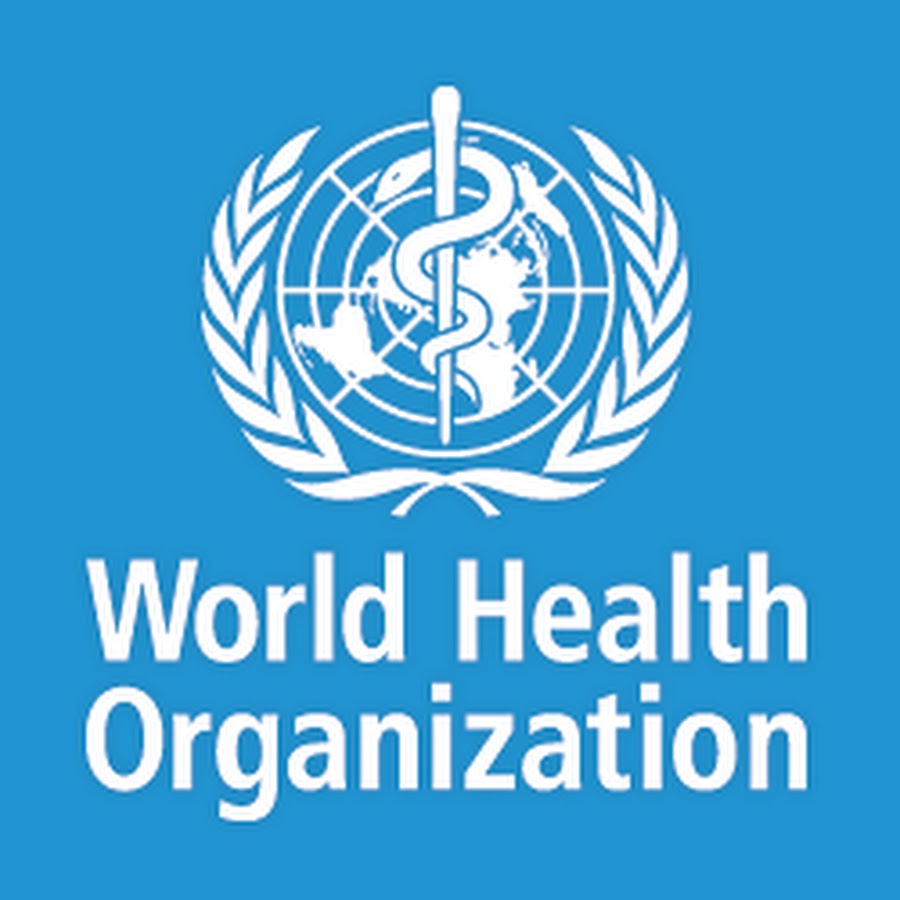The World Health Organisation (WHO) says 35 countries in five regions of the world have now reported more than 1,010 probable cases of unexplained severe acute hepatitis or liver inflammation in youngsters.
According to a new update on Wednesday from the WHO, the number of cases reported is increasing since the outbreak was first detected on April 5.
The UN health agency is keeping an eye on the puzzling spread of hepatitis in previously healthy children, which has left dozens needing lifesaving liver transplants, in addition to tackling COVID and the monkeypox outbreak.
So far, 22 children have died and almost half of the probable cases have been reported in Europe where 21 countries have registered a total of 484 cases.
These include 272 cases in the United Kingdom – 27 percent of the global total – followed by the Americas, whose regional total of 435 includes 334 cases in the US, representing a third of cases worldwide.
The next highest caseload is in the Western Pacific Region (70 cases), Southeast Asia (19), and the Eastern Mediterranean (two cases).
WHO said that 17 countries had reported more than five probable cases but the actual number of cases may be underestimated in part owing to the limited enhanced surveillance systems in place.
According to the UN health agency’s latest assessment, the risk of this pediatric hepatitis outbreak spreading is “moderate”.
“Out of 100 probable cases with available clinical data, the most commonly reported symptoms were nausea or vomiting in 60 percent of cases; jaundice, 53 percent, general weakness, 52 percent and abdominal pain account for 50 percent.
“The average time between the onset of symptoms and hospitalization was four days,’’ it said.
In laboratory tests, WHO said that hepatitis A to E had not been present in the affected children. Other pathogens such as the coronavirus were detected in a number of cases, but the data is incomplete.
The UN health agency said that Adenoviruses – which cause a wide range of illnesses, such as colds, fever, sore throats, and pneumonia – had been “the most frequently detected pathogen” in cases of pediatric hepatitis.
In Europe, adenovirus was detected by polymerase chain reaction tests (PCR) in 52 percent of the child hepatitis cases (193/368) so far; in Japan, it was found in just nine percent of cases (5/58).
Owing to limited adenovirus surveillance in most countries, it is quite possible that the true number of cases of child hepatitis is higher than currently known.
To promote a better understanding of where the outbreak is happening, WHO has launched a global online survey, which will also help to compare current cases with data from the last five years.
WHO has shared the voluntary survey across nine global and regional networks of pediatric hepatologists who specialize in problems associated with the liver and other organs.
It is also collaborating with other specialist medics working in major national units, requesting aggregated data as part of the global event investigation.

